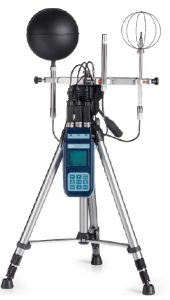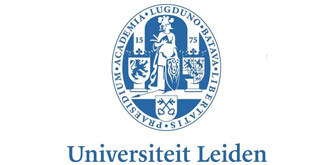
With general thermal comfort, it is indicated to which extent it is cold or warm. In daily life we talk about "the temperature" in a space in this context. Yet not only the (air) temperature determines whether we have it hot or cold.Also the air velocity, the radiation temperature, the air humidity, the activity level and the clothing insulation play a role. In this context, for example, think of the "feeler temperature" that KNMI uses, which takes into account that it seems "colder" when it is very windy. Another example is the sauna, where it suddenly gets much warmer when a scoop of water is thrown on the stove. The air temperature certainly does not rise, but it seems warmer because the air humidity increases. Note that experiences, expectations and influence possibilities play a role in the experience of thermal comfort. For example, in buildings without cooling with opening windows, higher temperatures are accepted in warm weather than in buildings with air conditioning.
When there is thermal discomfort, the following complaints can occur in an environment with moderate temperatures: - too cold; - too hot; - strongly varying temperatures; - air; - nuisance caused by cold radiation; - nuisance caused by hot radiation; - nuisance caused by cold feet; - nuisance caused by hot feet; - nuisance due to excessive temperature gradient head - feet
Parameters The following parameters play a role in determining the PMV: - heat resistance of the clothing (clo value); - activity level of the user (metabolism, met-value); - air temperature; - average radiation temperature; - relative air humidity; - air speed.
Heat balance The PMV value is based on a theory of the heat balance of the human body. According to this theory, man is in thermal equilibrium if the internal heat production in the body equals the heat loss to the environment.
PMV-values The PMV is expressed in a number that is usually between -3.0 and +3.0. At a PMV of 0.0 (neutral, not too hot and not too cool) the users are - on average - the most satisfied with the thermal comfort in a room. Below are the meanings of some PMV values: +3 Hot +2 Warm +1 Somewhat warm 0 Neutral -1 Somewhat cool -2 Cool -3 Cold
Bandwidths
In practice, a PMV of 0.0 can not be realized constantly. For example because the internal heat load changes
(eg lighting on) or the current outdoor climate fluctuates (eg sun behind the clouds).That is why we usually work with bandwidths where you have to stay between (eg PMV = -0.5 to +0.5).
(source: document thermal indoor climate 21 April 2008, contact us if you want to read the full document.)









